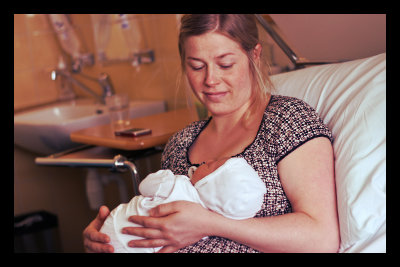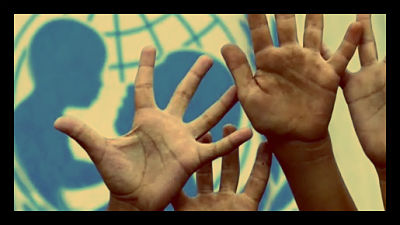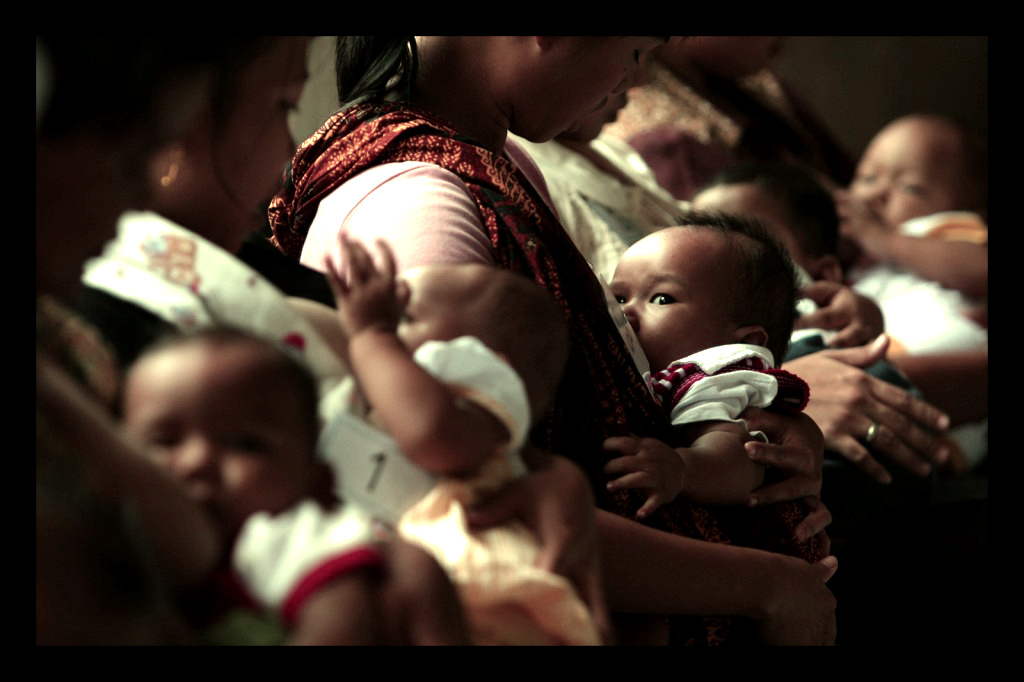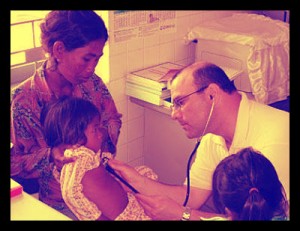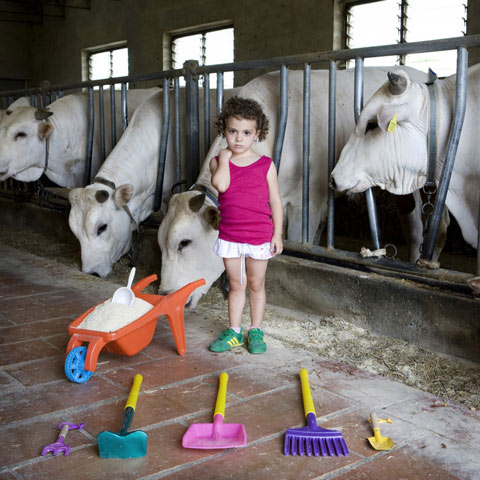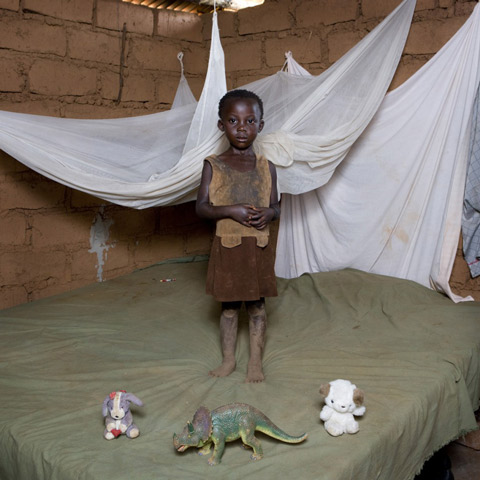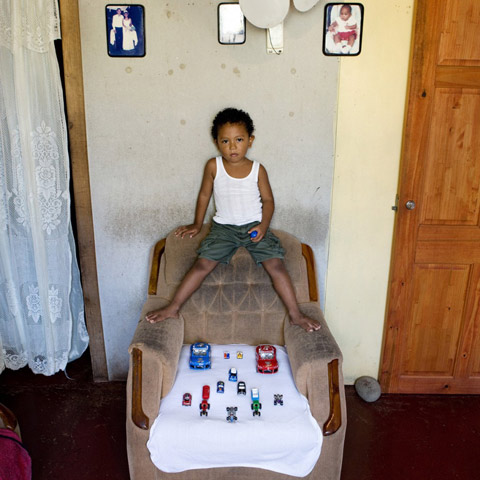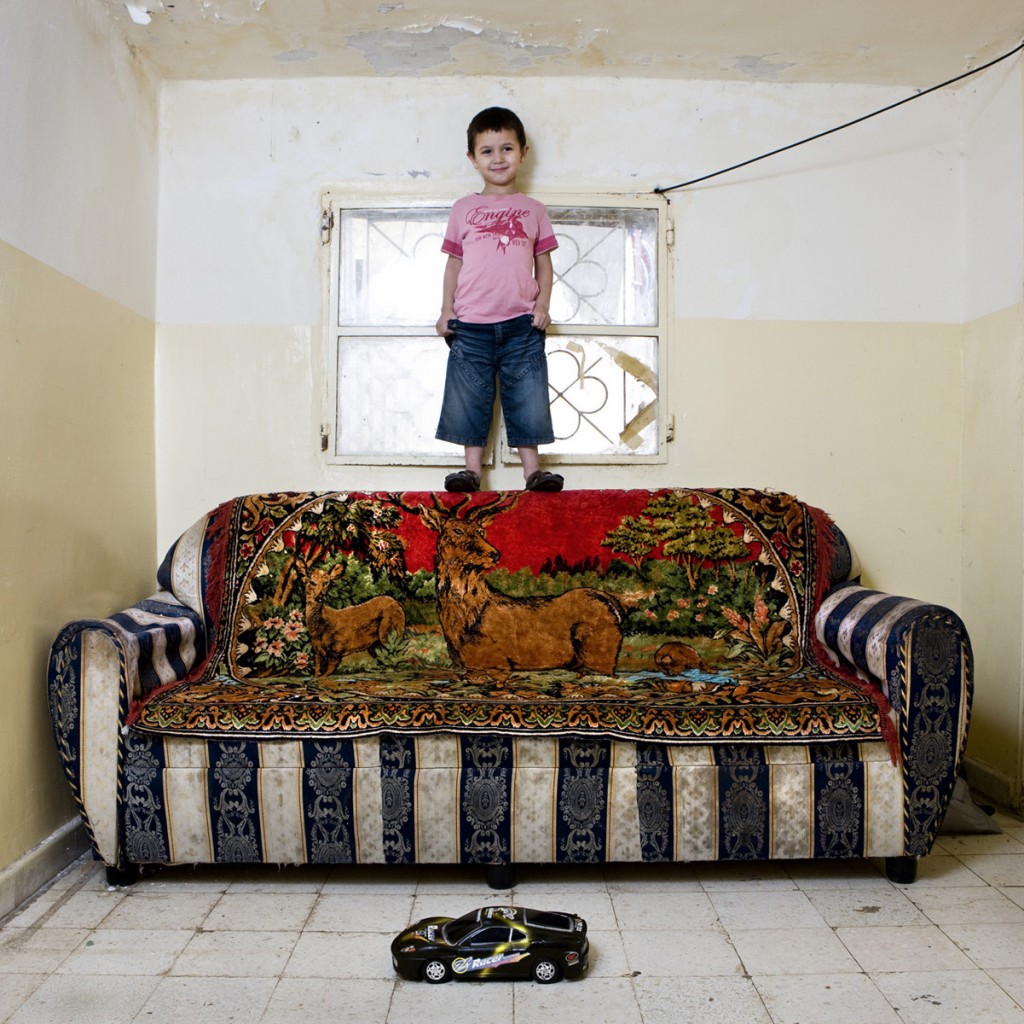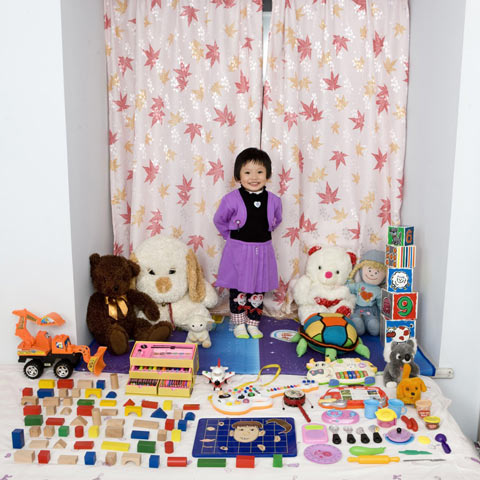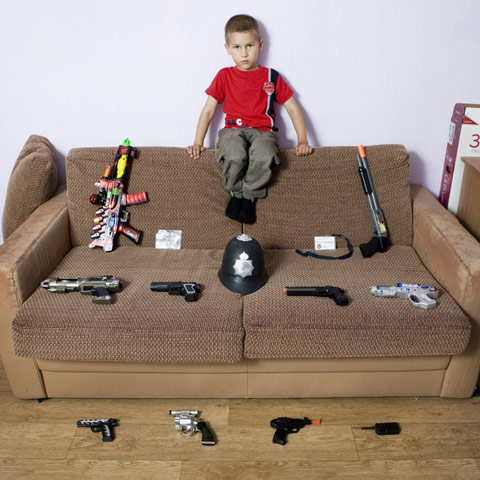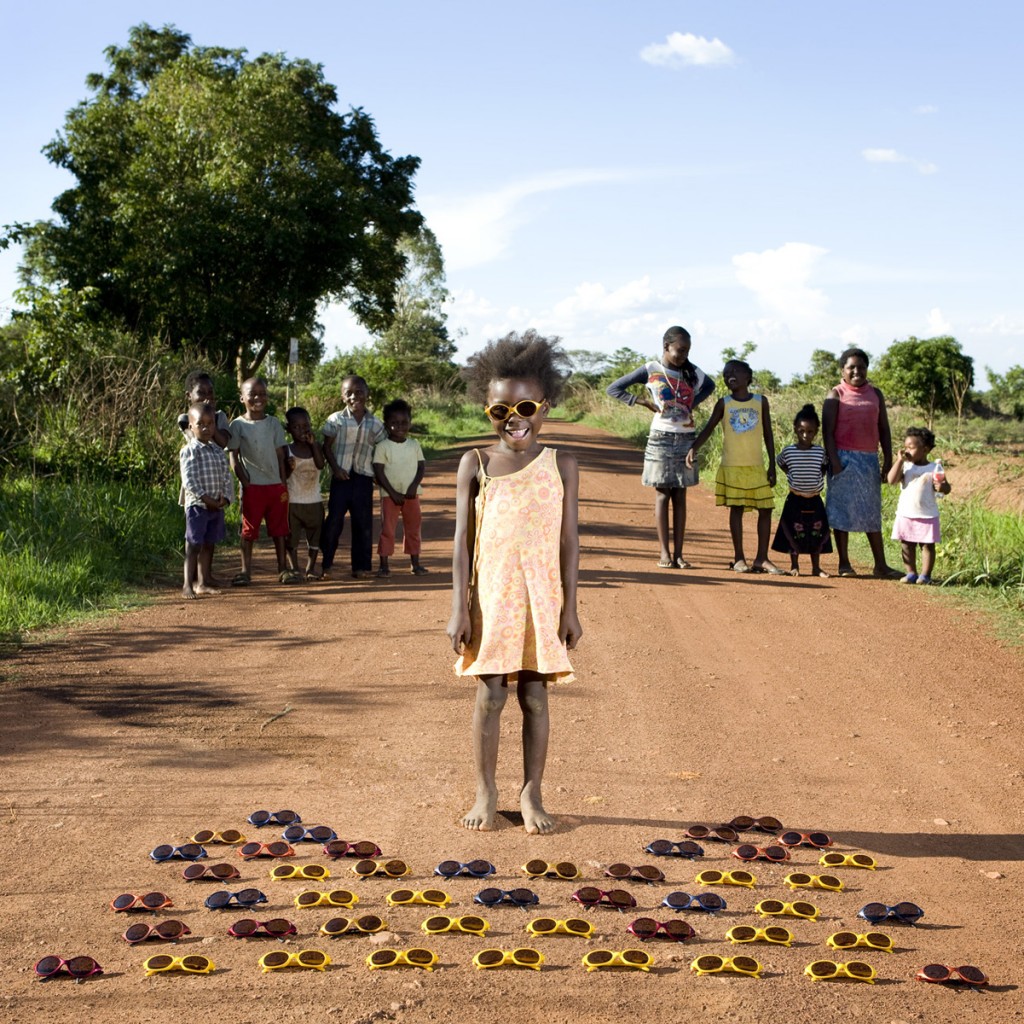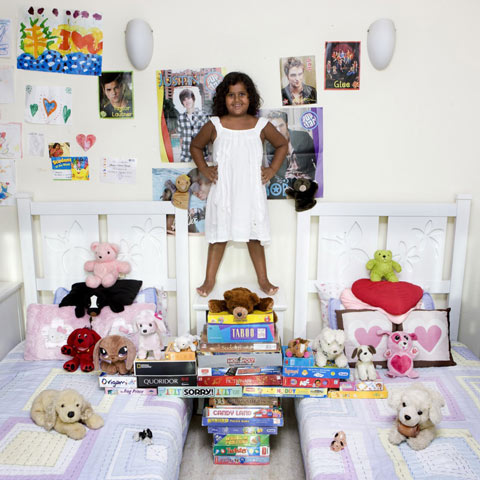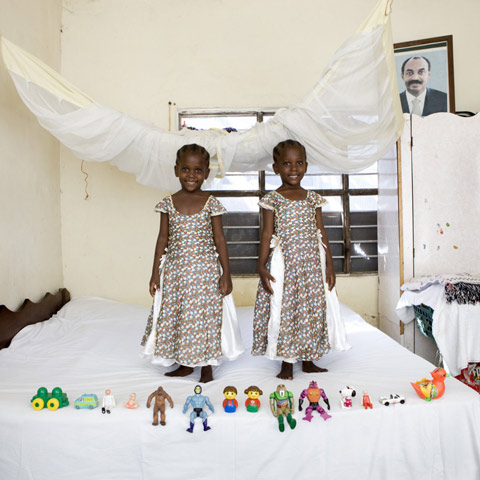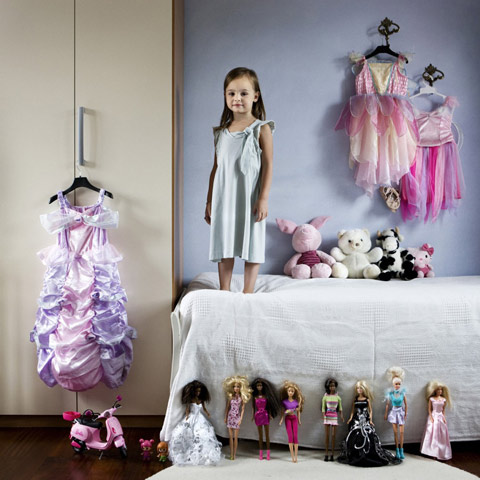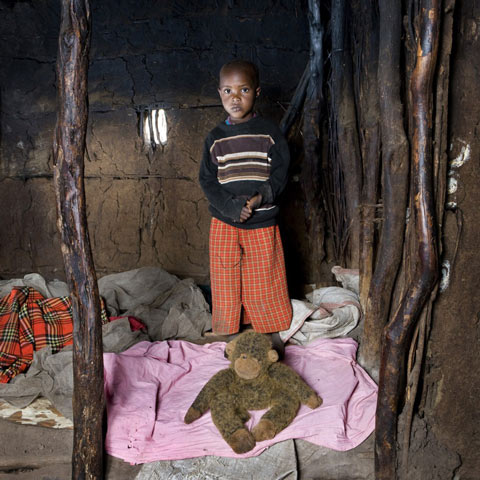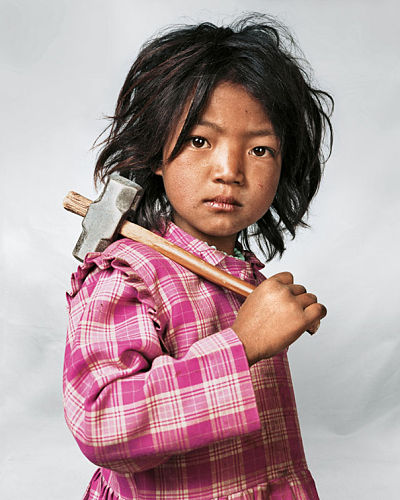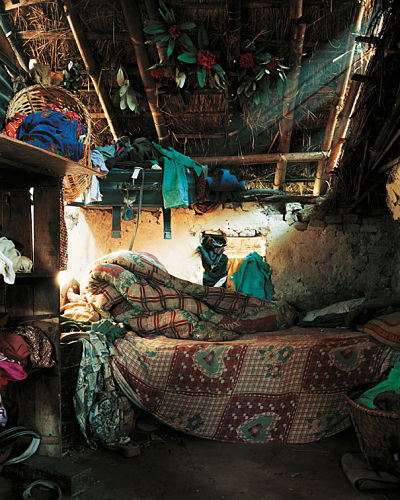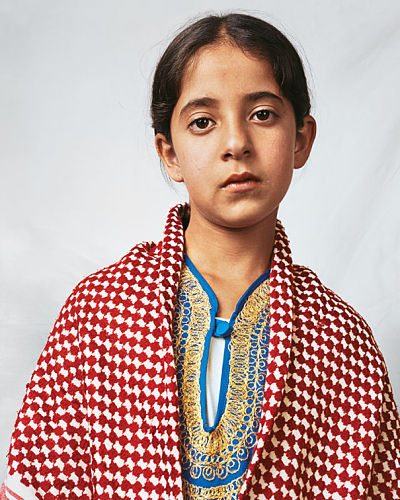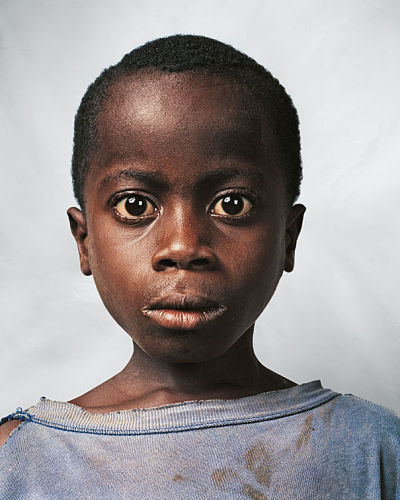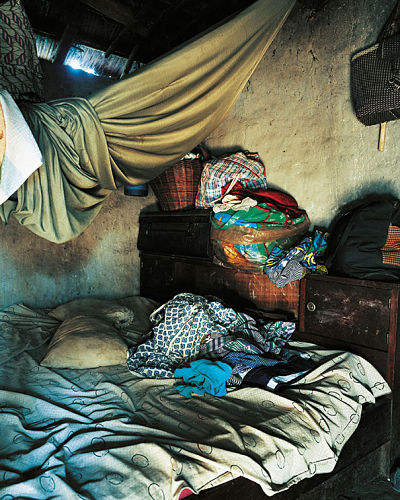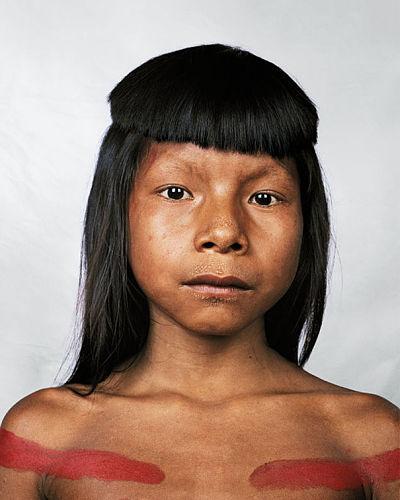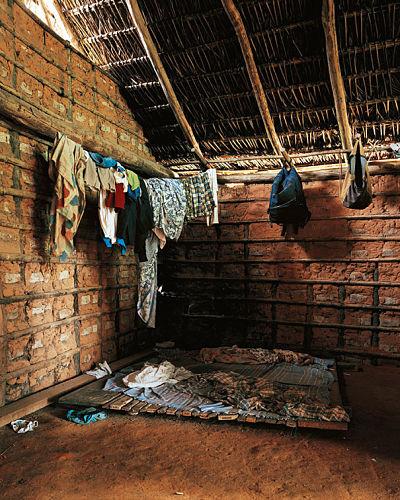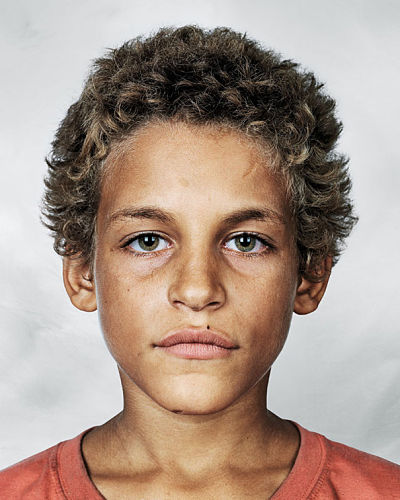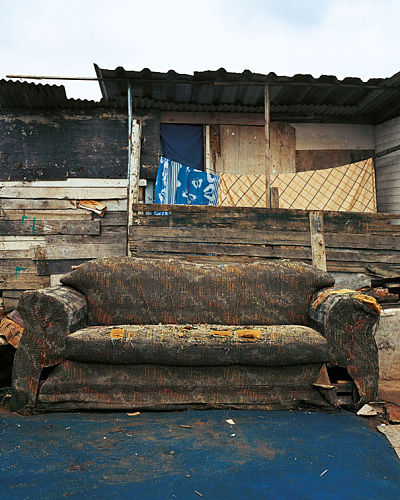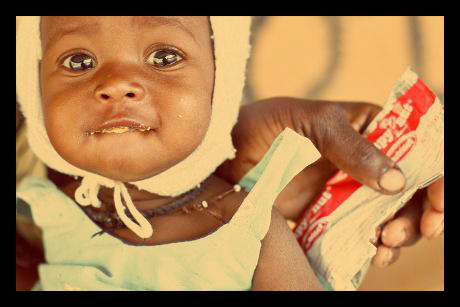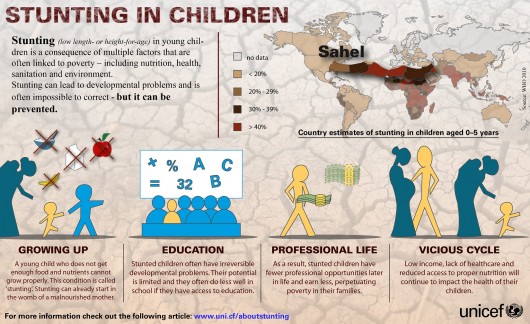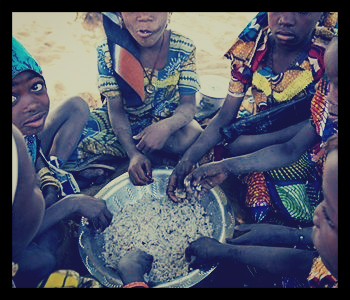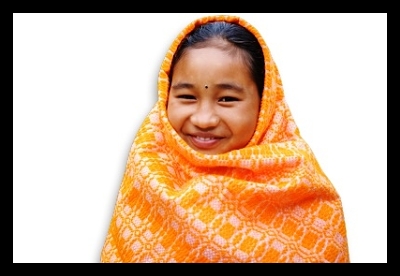
Although World Vision is a Christian organization, religious preference has no bearing when it comes to the people they help. World Vision has been helping nearly 100 million poor and oppressed people fight the causes of poverty and injustice in nearly 100 countries since 1950.
Their mission is to demonstrate religious commitment and love through service to impoverished families, natural disaster survivors, exploited children, refugees, families devastated by AIDS, and so many more in Africa, Asia, and Latin America. They work towards peace, promote justice, provide for people’s daily needs, and encourage spiritual healing and transformation.
The global organization consists of over 44,000 staff members; a large percentage of which work in their home countries to reduce language and culture barriers that might inhibit progress. With such a large network of humanitarians with such a broad range of cultural and occupational backgrounds, World Vision can provide aid wherever in the world it is needed.
The amount of support World Vision receives speaks volumes to their effectiveness. They have earned the trust of nearly 3 million donors, supporters and volunteers, over 500,000 child sponsors, thousands of churches, hundreds of businesses, and government agencies around the world. This enormous amount of support is easily understood after considering the organization’s numbers; 4.2 million children have been sponsored and 1,600 communities have been served worldwide.
World Vision truly is a global humanitarian organization, providing assistance wherever it is needed, regardless of race, religion, ethnicity or gender.
– Dana Johnson
Source: World Vision
